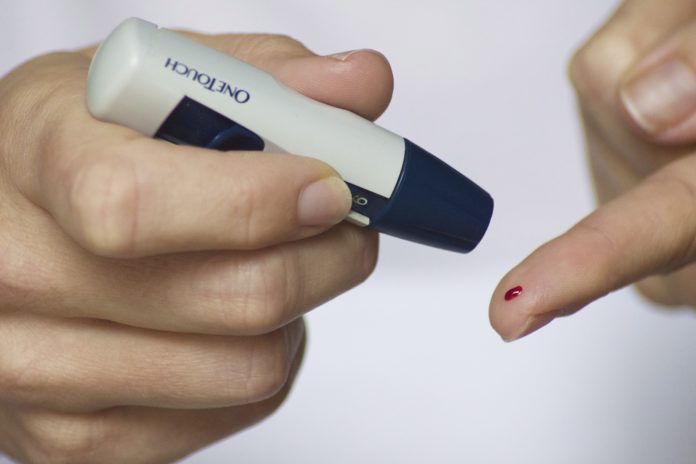Keeping an eye on the blood sugar could lower chances of death, according to results to be presented at ENDO 2018
Hospitalized patients with stable coronary artery disease (CAD) may need frequent glucose monitoring to prevent hypoglycemia and death, new research reports. The results will be presented in a poster on Saturday, March 17 at ENDO 2018, the annual 100th meeting of the Endocrine Society in Chicago, Ill.
“Frequently monitoring the finger-stick blood glucose levels of heart disease patients admitted to the hospital to avoid low sugar level, even among those without diabetes, could potentially save lives and decrease length of hospital stay and healthcare costs,” said lead study author Shuyang Fang, a medical resident at Mount Sinai St. Luke’s and Mount Sinai West hospitals, in New York.
“In hospitalized patients with coronary artery disease, hypoglycemia episodes are associated with increased hospital stay, healthcare expenses and death . . . In this study using national inpatient data, we found that those who had stable coronary artery disease and were admitted to the hospital for various reasons would have higher mortality if they developed low blood glucose levels during their hospital stay,” he explained.
Of the 1,262,943 patients admitted with stable coronary artery disease that year, about 3,000 (0.24 percent) had an episode of hypoglycemia during their inpatient stay
European Society of Cardiology guidelines for stable CAD lay down: “Fasting plasma glucose and glycated haemoglobin (HbA1c) should be measured in every patient with suspected CAD. If both are inconclusive, an additional oral glucose tolerance test is recommended. Knowledge of glucose metabolism is important because of the well-recognized association between adverse cardiovascular (CV) outcome and diabetes.”
Fang and his colleagues at Mount Sinai used the National Inpatient Sample (NIS) database to conduct a nationwide retrospective cohort study of patients admitted to acute care hospitals in the United States with stable coronary artery disease in 2014.
Of the 1,262,943 patients admitted with stable coronary artery disease that year, about 3,000 (0.24 percent) had an episode of hypoglycemia during their inpatient stay. Compared to patients without hypoglycemia, those with hypoglycemia were more likely to be female (39 percent vs 47 percent, respectively), live in poverty (29 percent vs 34 percent), and have certain features of renal failure (27percent vs 32 percent) and heart failure (20 percent vs 27 percent).
But they were less likely to have diabetes (10 percent vs 32 percent). Compared to patients without hypoglycemia, those with hypoglycemia had higher inpatient mortality (OR 4.48), longer hospital stays (mean 5.3 vs 7.0 days), and higher healthcare costs (US $57,275 vs $70,957).
After adjustments for age, sex, race, income and clinical factors including diabetes, heart failure and kidney failure, the associations for mortality, length of stay and healthcare costs remained significant.


